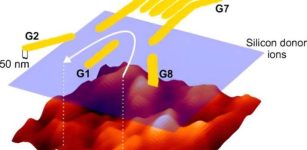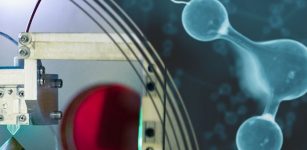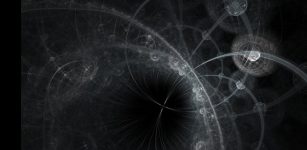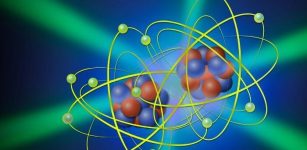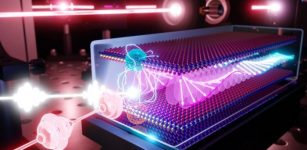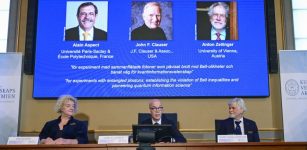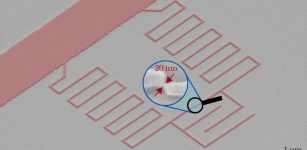Molecules, Rare Earths, And Light: Innovative Platform For Quantum Computers And Communications
Eddie Gonzales Jr. – MessageToEagle.com – The ability to interact with light provides important functionalities for quantum systems, such as communicating over large distances, a key ability for future quantum computers. However, it is very difficult to find a material that can fully exploit the quantum properties of light.
Illustration representing a quantum computer using a europium molecular crystal. Credit: Christian Grupe
A research team from the CNRS and l’Université de Strasbourg, with support from Chimie ParisTech-PSL1 and in collaboration with German teams from KIT2, has demonstrated the potential of a new material based on rare earths as a photonic quantum system. The results show the interest of europium molecular crystals for quantum memories and computers.
While quantum technologies promise a revolution in the future, they still remain complex to put in place. For example, quantum systems that can interact with light to create processing functionalities for information and communication through fibre optics in particular, remain rare. Such a platform3 must ideally include an interface with light as well as information storage units, which is to say a memory. Information processing must also be possible within these units, which take the form of spin4. Developing materials that enable a link between spins and light on the quantum level has proven especially difficult.
A team of scientists from the CNRS and l’Université de Strasbourg, with support from Chimie ParisTech-PSL and in collaboration with German teams from KIT, has successfully demonstrated the value of europium molecular crystals5 for quantum communications and processors, thanks to their ultra-narrow optical transitions enabling optimal interactions with light.
These crystals are the combined product of two systems already used in quantum technology: rare earth ions (such as europium), and molecular systems. Rare-earth crystals are known for their excellent optical and spin properties, but their integration in photonic devices is complex. Molecular systems generally lack spins (a storage or computing unit), or on the contrary present optical lines that are too broad to establish a reliable link between spins and light.
Europium molecular crystals represent a major advance, as they have ultra-narrow linewidths. This translates into long-lived quantum states, which were used to demonstrate the storage of a light pulse inside these molecular crystals. Moreover, a first building block for a quantum computer controlled by light has been obtained.
This new material for quantum technologies offers previously unseen properties, and paves the way for new architectures for computers and quantum memories in which light will play a central role.
The results also open broad prospects for research thanks to the many molecular compounds that can be synthesized.
Written by Eddie Gonzales Jr. – MessageToEagle.com Staff


